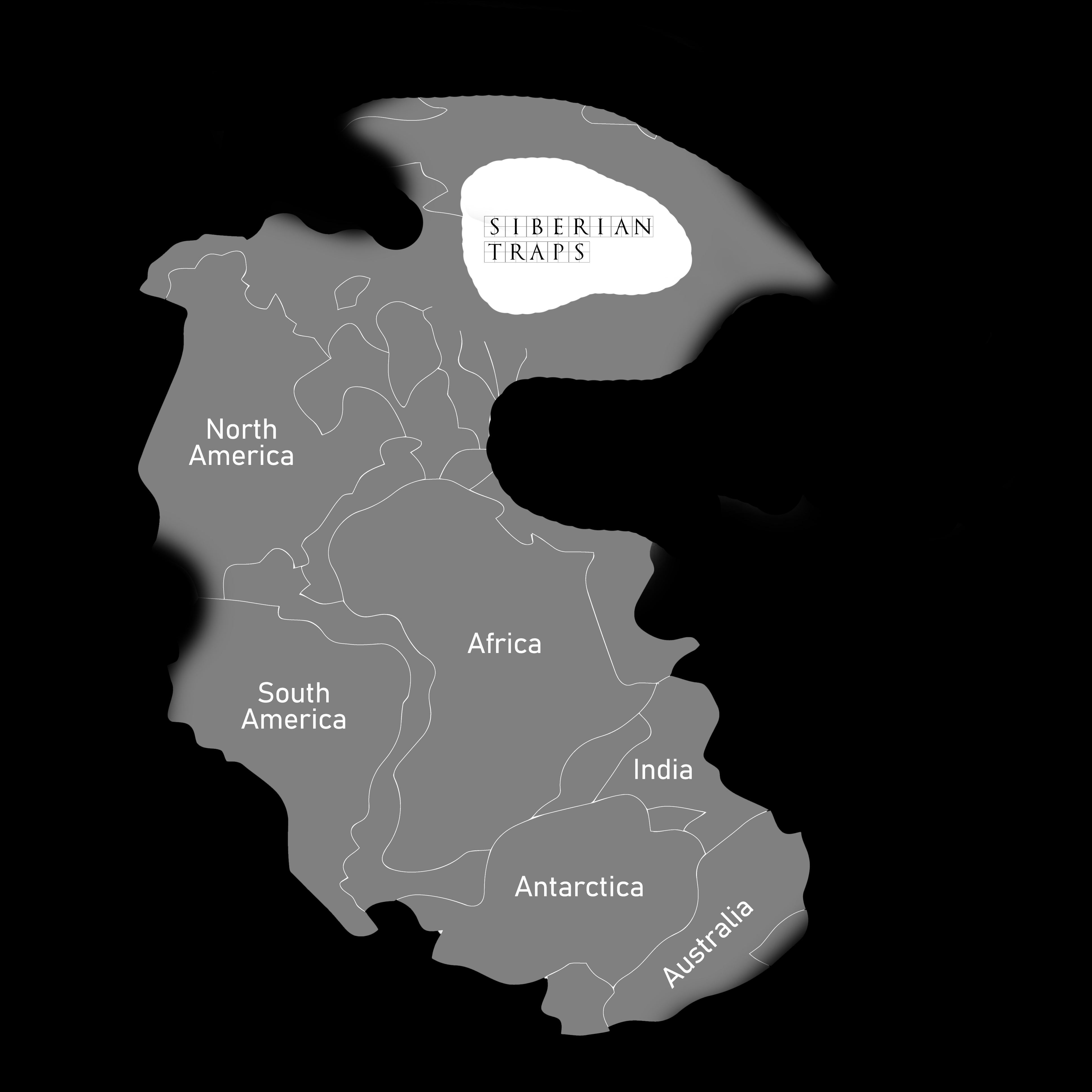


Although scientists have debated the cause of this extinction, the consensus today is that a series of massive volcanic eruptions in Siberia essentially wiped out the plants and animals of the time.
These eruptions released vast amounts of greenhouse gases, such as carbon dioxide, leading to extreme global warming. This, in turn, caused the oceans to become hot and depleted of oxygen, ultimately creating a cascade of environmental catastrophes that wiped out most life.

Fossils in ancient seafloor rocks reveal a thriving and diverse marine ecosystem, followed by a large number of deaths. Global warming, a pressing issue today, is a primary cause of high water acidity, metal and sulfide poisoning, a complete lack of oxygen, and increased temperatures.
Volcanoes erupted during the Permian extinction due to the massive Siberian Traps eruptions, a significant volcanic event in Siberia that released vast amounts of greenhouse gases, including carbon dioxide and methane. This ultimately covered an area the size of Europe in volcanic rock.
The eruption was triggered by a large volume of magma rising from the Earth's mantle, possibly due to a mantle plume or lithospheric extension. This led to extreme environmental changes, such as surface temperatures of 105 degrees that lasted for hundreds of thousands of years.
